Author:Melissa Bryant | TIME:October 24, 2019
The fact is a lot of manufacturers use glass packaging for their products. And actually some products can be packed only in glassware. For example, sensitive chemicals. We know this well because we Maxwell Packaging have many years of experience in the industry of professional glass packaging.
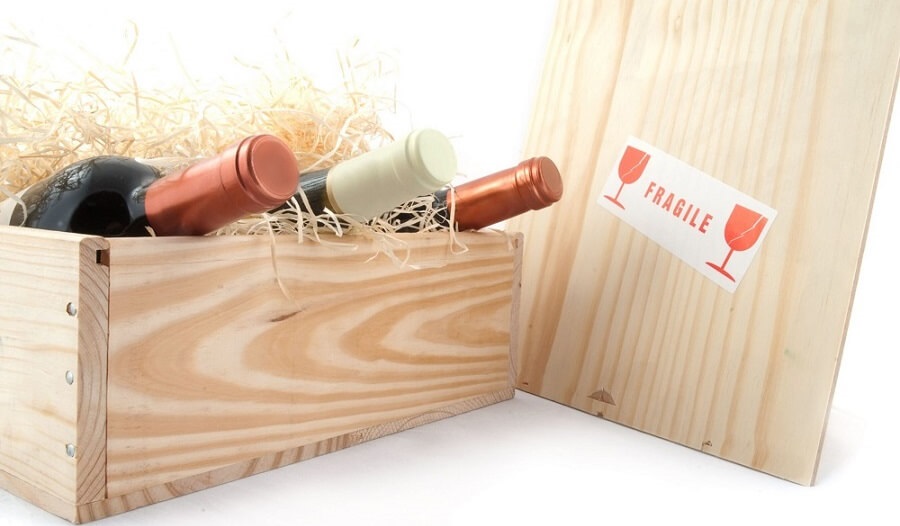
Indeed, glass provides inertness and impermeability that are perfect for sensitive products in the pharmaceutical or personal care industries. That means these sensitive products won’t lose their function and effect easily. Besides, glass is also ideal for liquids like spirits and other alcoholic beverages that are supposed to be stored for a long time.
And compared with plastic, glass is less permeable to CO2 and O2. So it can keep fizzy products bubbly longer. Another benefit of glass packaging is the ability to handle a wide range of temperatures, meaning it won’t warp under pasteurization.
However, despite of the advantages of glass in packaging, it has its own defects. Well, just as you can imagine, the most obvious shortcomings of glass is its vulnerability in nature. It is so fragile that it could break and get scratch very easily.
Another problem with glass packaging is that glass is rather heavy in weight, and irregular in shape. You can check our glass packaging products of various types.
All these disadvantages makes it pretty a challenge for moving, transporting, and shipping, which results in our putting today’s topic on the agenda. That is, how to pack glassware in the right way so it won’t break easily.
If you are having problem on how to pack wine glasses, beverage glasses, or pharmacy glasses, below tips on packaging glass products should be helpful to you.
Just as what I said above, glass bottles or other glassware are usually made in irregular shapes and they are very fragile to break. Therefore, once you decide to invest in glass bottle packaging for your product, you should be thinking about packing the glassware with some good void filler.
This will make sure the glass items stay firm and would not move around, reducing the chance of crash with each other and the packaging box. There are quite a few types of void fillers for packaging glassware. And below are some common ones.
A cell pack is a cardboard box designed with cell partitions of cardboard itself. Each cell is made with size perfectly toaccommodate the product so that it does not move around.
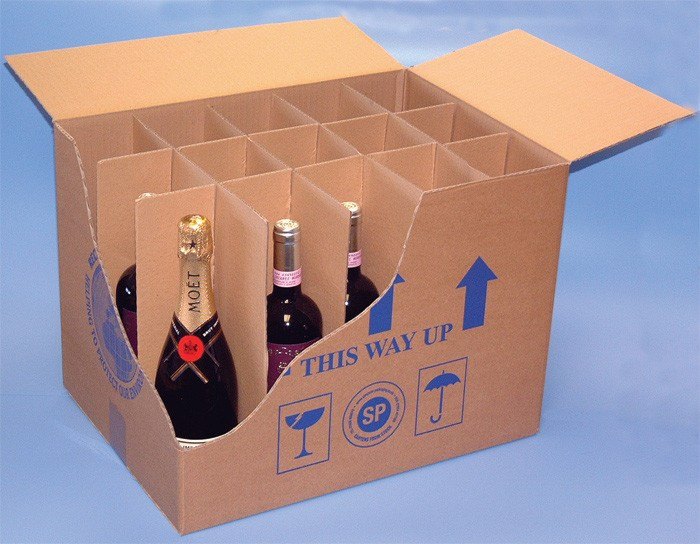
Bubble wraps are often made from polyethylene (LDPE) film with a shaped side bonded to a flat side to form air bubbles. They are water resistant, flexible and reusable. Once you wrap your product with the bubble wraps, you provide it a perfect cushioning that can prevent the glassware from moving around.
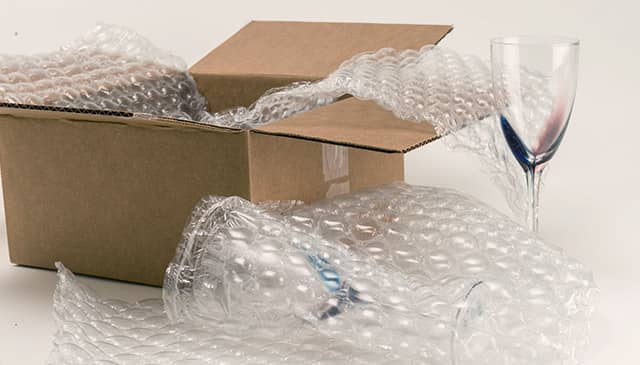
Corrugated boards can also be an ideal void filler. They are thick with multiple layers and can provide protection for the glass items. They are great spacers for seperating items in fixed position. Packaging with corrugated boards can be rather light yet compat and sturdy.
If you want a cost-effective and eco friendly packaging material as void filler for the glass items, then paper would be the best choice. Newspapers are the preferred option because you can get them in bulk at cheap price. But note that filling too much paper inside could add much weight to the entire packaging.
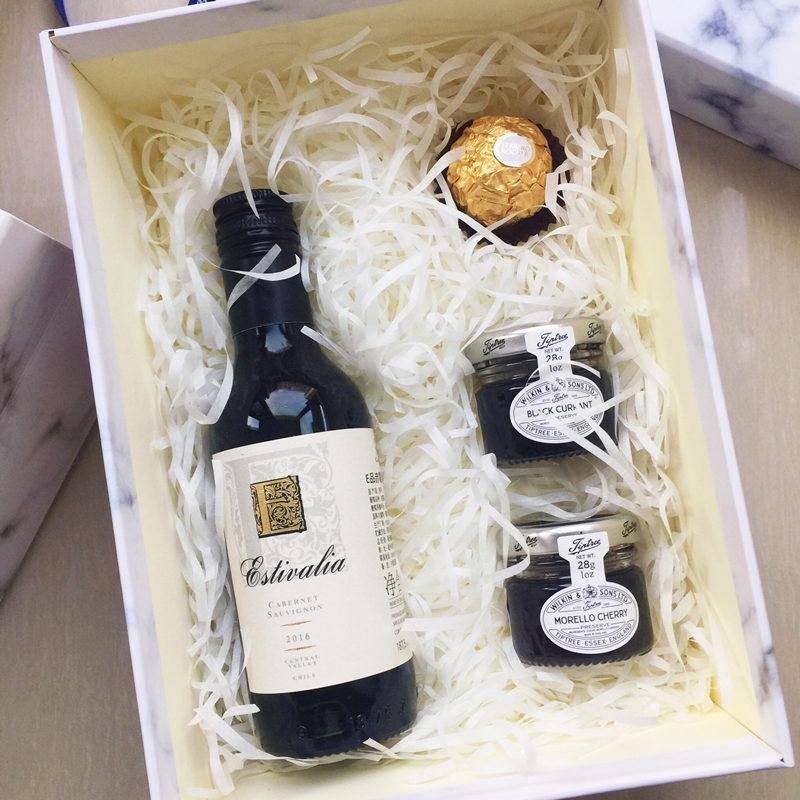
Choosing the proper boxes for packaging your products makes a difference to the protection. There are some considerations while picking up the right box, including size, material, weight, durability.
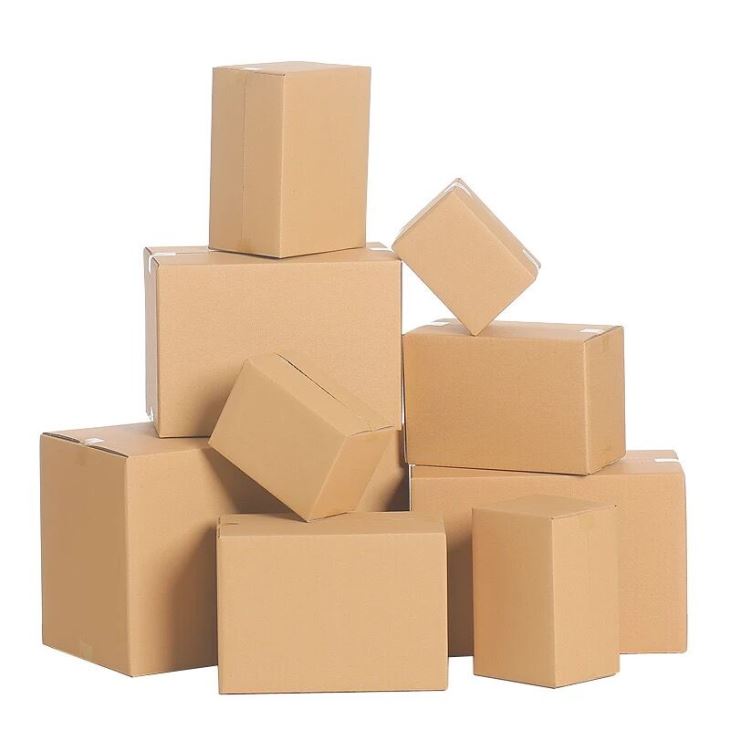
The packaging box you choose should not be either too compact or too big, it should provide appropriate space for accomodating both the products and the void filler. If the box is too compact box, it will create too much pressure on the glass items and could result in crachs. On the opposite, if the box is oversized, it will need more void fillers and make the packaging heavier.
The most commonly used construction materials for packaging glass products are corrugated boards and wood. Corrugated boards are lightweight while wooden boxes are more durable. Which is more suitable depends on you and your products.
Note: A box for packaging glassware or other glass products should be labeled the caution packaging symbol to show others what kind of goods is in the box. And the “Fragile” symbol is the to be labeled on the box.
Even though the glass products are well packed as above two tips suggest, there are still chances that they get cracks. To reduce this risk, you can seal the box with external packaging tape or film. These sealing materials can add protection to some extent.
And below are some common sealing solutions for heavy glass packaging boxes.
Carton tape is widely used to seal such boxes. Wide tapes are more preferred because they seal boxes in a better manner. Sealed well, they can ensure the box will not tear open even if the box is loaded with heavy cargos.
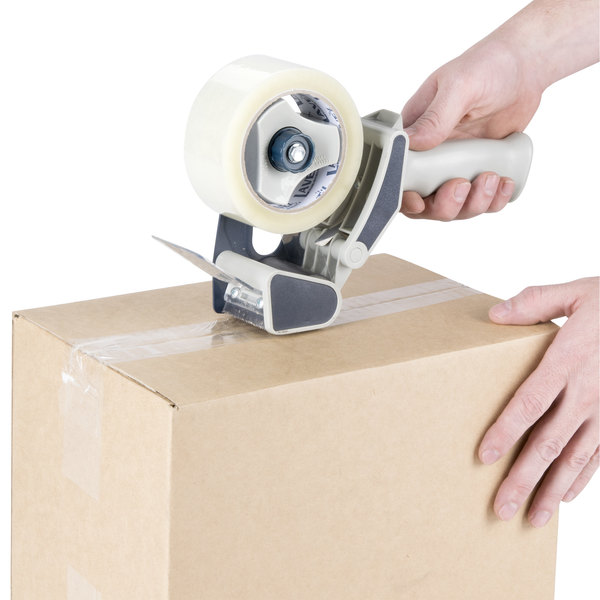
Protection films are much wider than tapes and they also come with adhesives. Wrap the box with a plastic protection film can make it waterproof as well.
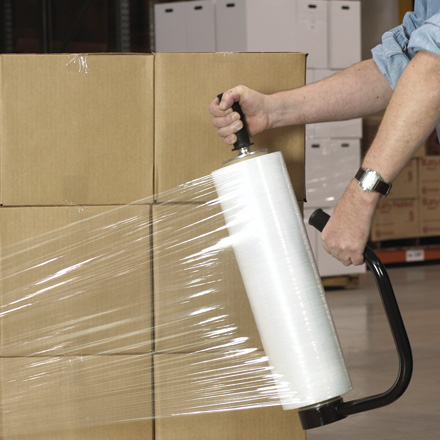
Just like the protection film, film tape can seal the box nicely with water resistant protection. And film tape is even better because it’s stretchable and thus can create a tighter seal.
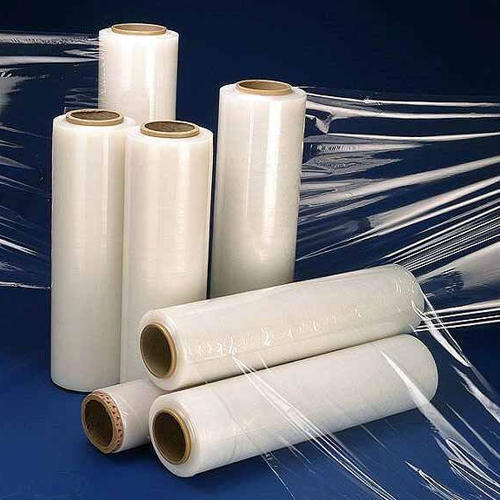
In addition to the common use for sealing glassware in the packaging box, foam tape can even add an extra layer of protection from bumps and drops.
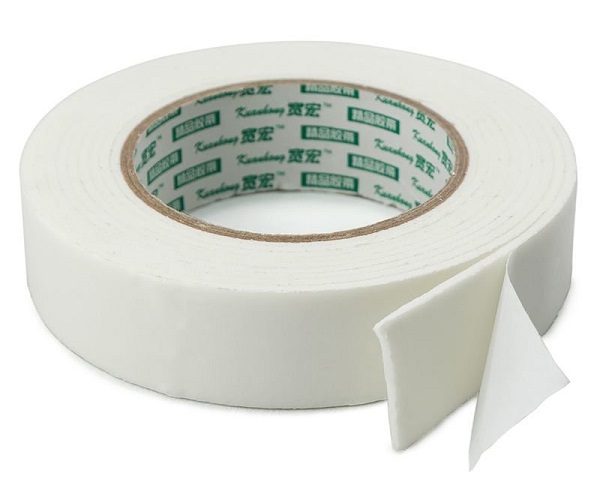
I hope these tips on how to pack glasses are useful and inspiring to you. What do you think of them? And if you have other tips on packaging glass items, you are welcome to share with us.